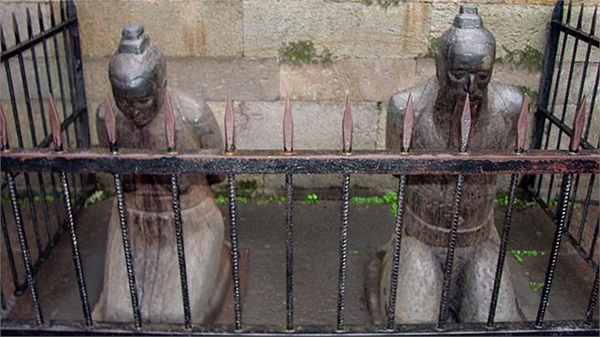Every year, hundreds of millions of Monarch Butterflies from Canada and the United States journey as far as 2,500 miles to the forests of Michoacan, Mexico in what is known as the world’s largest insect migration. Countless butterflies cluster together both on the trees and on the ground, covering large areas into carpets of orange and black. It’s a breathtaking sight to behold, but as always, human greed is threatening to destroy it.
The great monarch migration is one of nature’s most fascinating mysteries. Tiny butterflies from places like Toronto, Winnipeg or Detroit embark on this epic transcontinental journey and somehow make it all the way to central Mexico. Nobody knows exactly how they do it, but some experts believe they are guided by celestial navigation and magnetic fields.
The Monarch butterflies start to arrive in Michoacan in late October to make their winter home in the trees high up in the mountains of the natural reserve. Once here, they will spend the next five months clustering together in large masses made up of thousands of tiny bodies that often look like colorful beehives. Often times, these clusters become so heavy that they cause tree branches to bend or even snap. But there’s a purpose to all these clustering – it allows the monarchs to survive in the low nighttime temperatures at these high altitudes.

Photo: Pablo Leautaud
The Michoacan Monarch Butterfly Sanctuary is most impressive during the months of February and March, just before the winged insects begin their long journey home. Temperatures are still chilly at night, but during the day, the sun’s warmth causes the living clusters to break apart as the butterflies begin their mating rituals. In the cool of the morning, they dry their wings, turning the entire landscape black and orange, and as the dew dries, they take to the air, the sound of millions of fluttering wings more powerful that you’d ever thought possible. Then, as the sun begin to set, the monarchs take to the ground, covering virtually every available surface.

Photo: Mel Patterson
Mexico’s Butterfly Forest is a sanctuary protected by law, and one of the country’s most popular tourist attractions, but that hasn’t stopped people from slowly but steadily destroying it in the name of greed.

Photo: Tarnya Hall
Illegal logging right in the in the heart of the Monarch Butterfly Biosphere Reserve has been a longstanding problem, but perpetrators are rarely brought to justice. In November 2015, denounced the presence of logging crews in the Sierra Chincua Sanctuary, a central area of the biosphere, where they managed to clear nine hectares of forest before locals took matters into their own hands and stopped the loggers themselves. After turning them over to the public prosecutor’s’ office, the people learned that the loggers were released on bail mere hours later.

Photo: Pablo Leautaud
“The government should enforce the law,” said Eliseo Valdez Cruz, a member of the local environmental militia. “How is it possible that they [alleged woodcutters] were detained, taken to the prosecutor, and then released on bail? This is a protected area. The law says that anyone caught felling trees should get five to eight years in jail. We demand more soldiers to put an end to this, or that [the authorities] grant us more power to take care of the forest ourselves. ”

Photo: Luna sin Estrellas
Just last month, an even greater threat has risen in Michoacan’s butterfly haven. Grupo Mexico, the country’s largest mining corporation, has been awarded a concession to reopen an old mine in Angangueo, a town in the heart of the monarch reserve that was closed 25 years ago. The company now intends to mine copper, zinc, lead, silver and gold. Experts believe that if the mine is reopened, it will likely spell the end of this magical place.
And as if all this wasn’t bad enough, the increasing use of herbicides on genetically engineered corn and soybean crops in the American corn belt has led to the depletion of milkweed, a plant essential to the monarchs’ development from egg into butterfly.
Faced with so many threats, we can only hope that the great monarch migration will continue for many years to come, but the signs are unfortunately not very encouraging.













